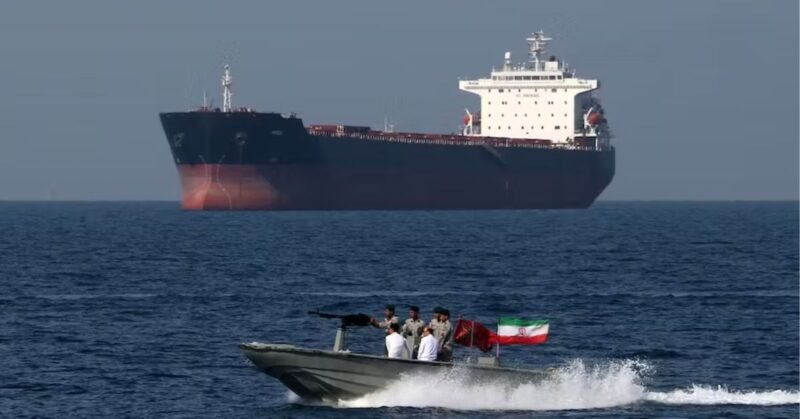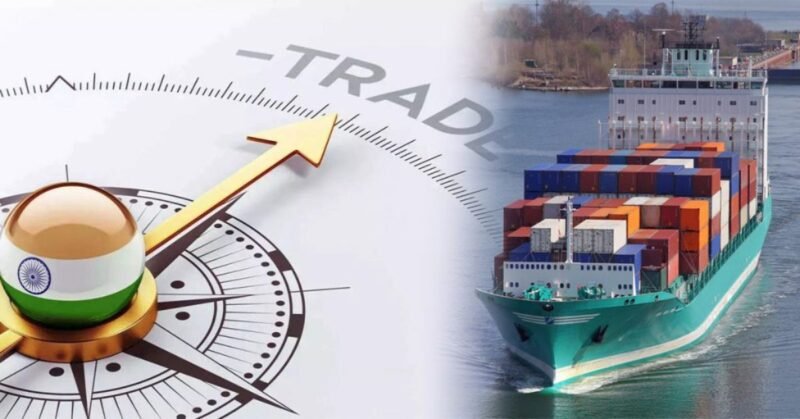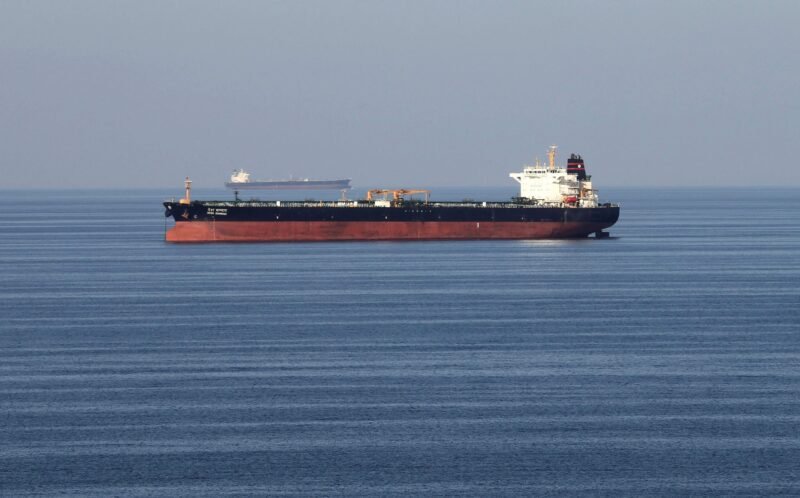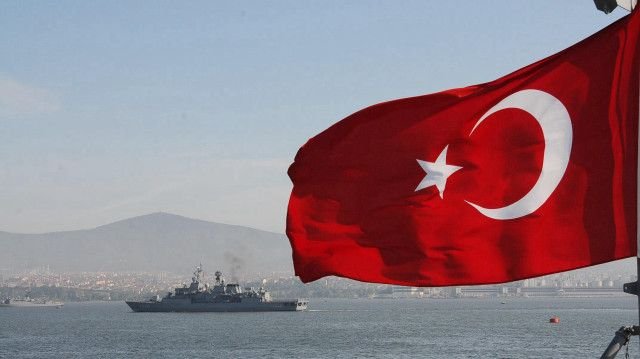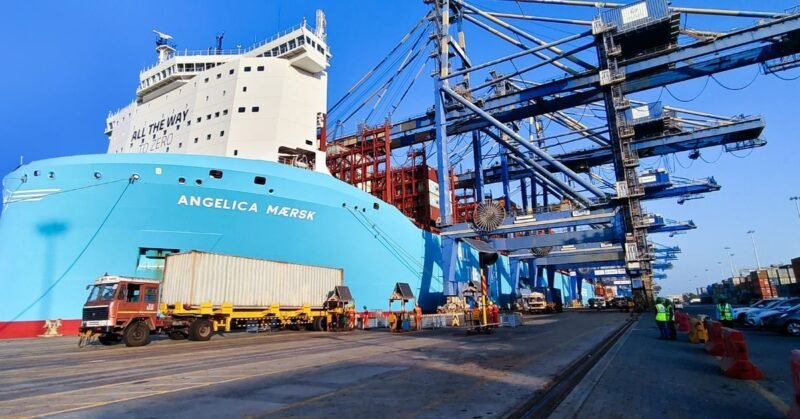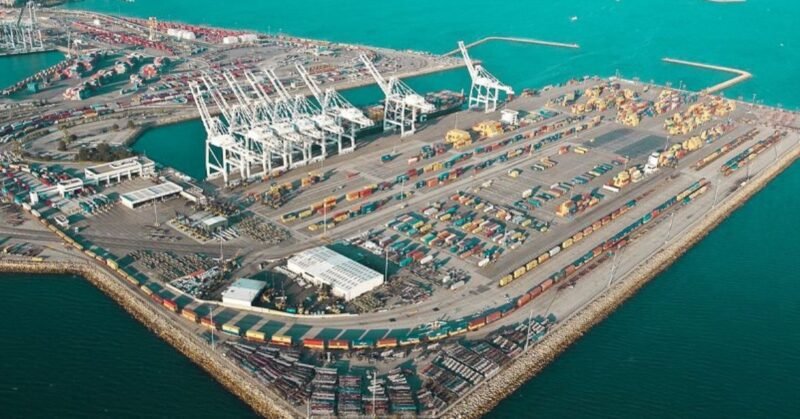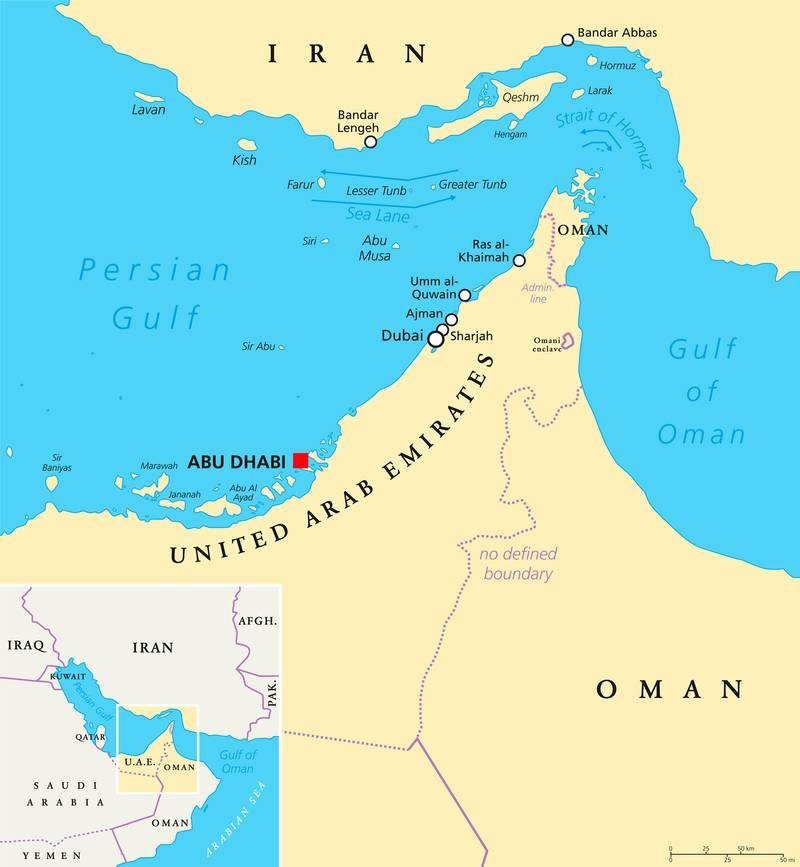Iran has officially closed the Strait of Hormuz following U.S. precision attacks targeting critical nuclear sites, including Fordow, Natanz, and Isfahan, conducted by B-2 stealth bombers. This strategic waterway, located between the Persian Gulf and the Gulf of Oman, is a vital trade choke point, responsible for approximately 20% of global oil and a significant portion of liquefied natural gas (LNG) transport.
The closure could severely impact global trade and oil prices if prolonged. The strait, merely 33 kilometers long and with only 2 kilometers of navigable shipping lanes, is one of the busiest maritime routes for international commerce. The Iranian Parliament’s decision to close the strait signals heightened tensions in the region, coinciding with the escalating Israel-Iran conflict.
Major General Kowsari confirmed that while the Iranian Parliament approved the closure, the final decision rests with the Supreme National Security Council of Iran. This move underscores the increasing volatility in the area, further exacerbated by the recent U.S. bombing of Iranian nuclear facilities. Global markets are now bracing for potential disruptions stemming from this critical geopolitical event.


